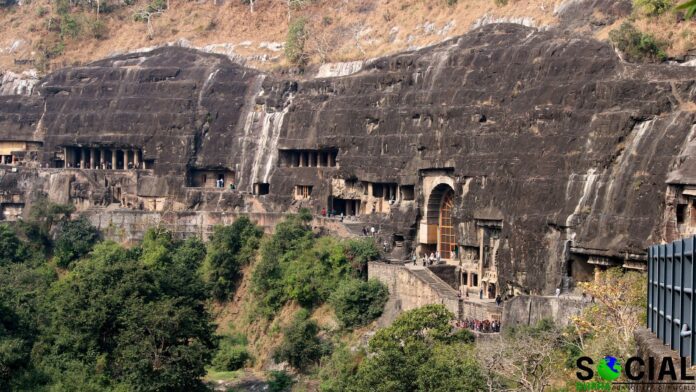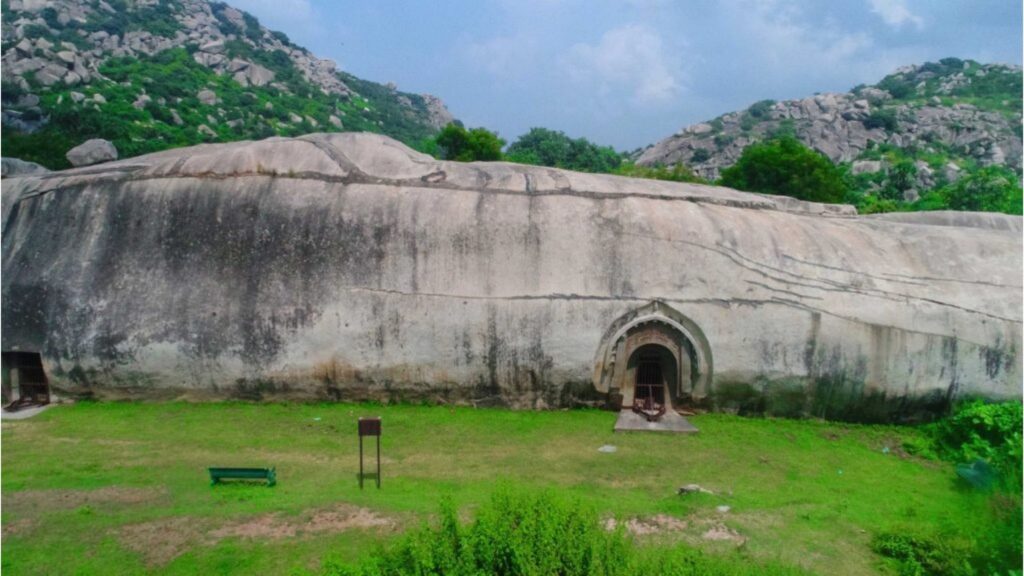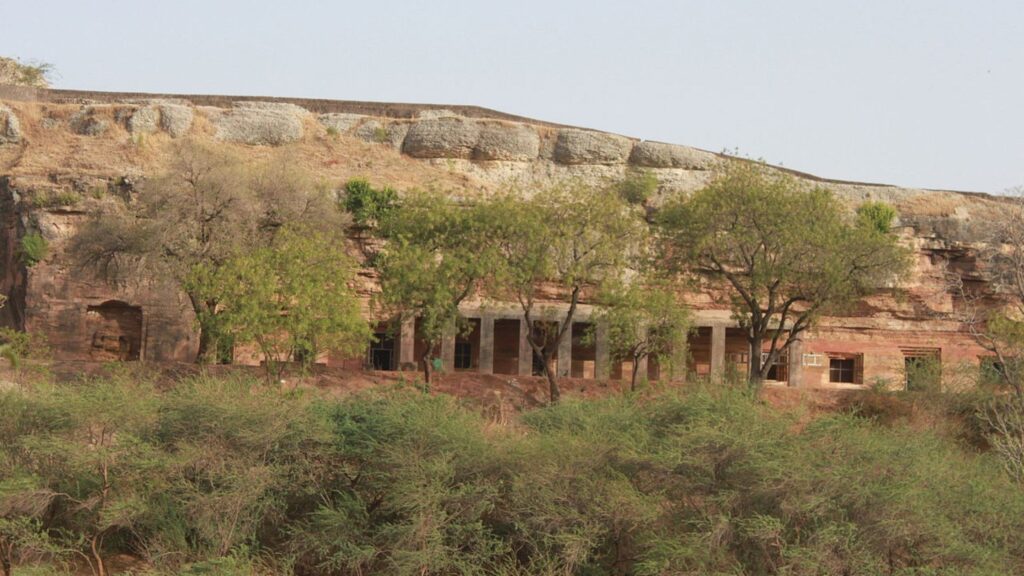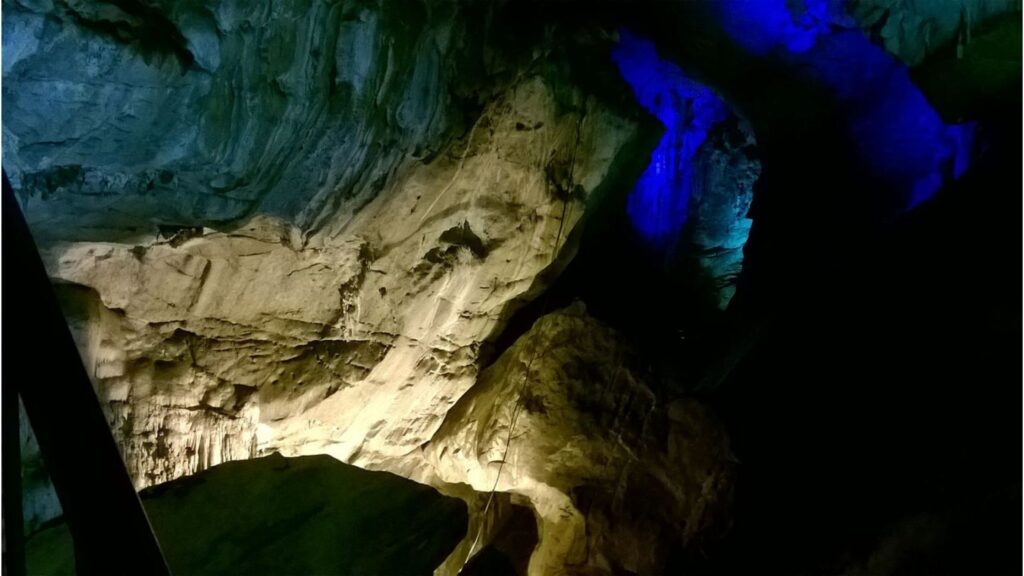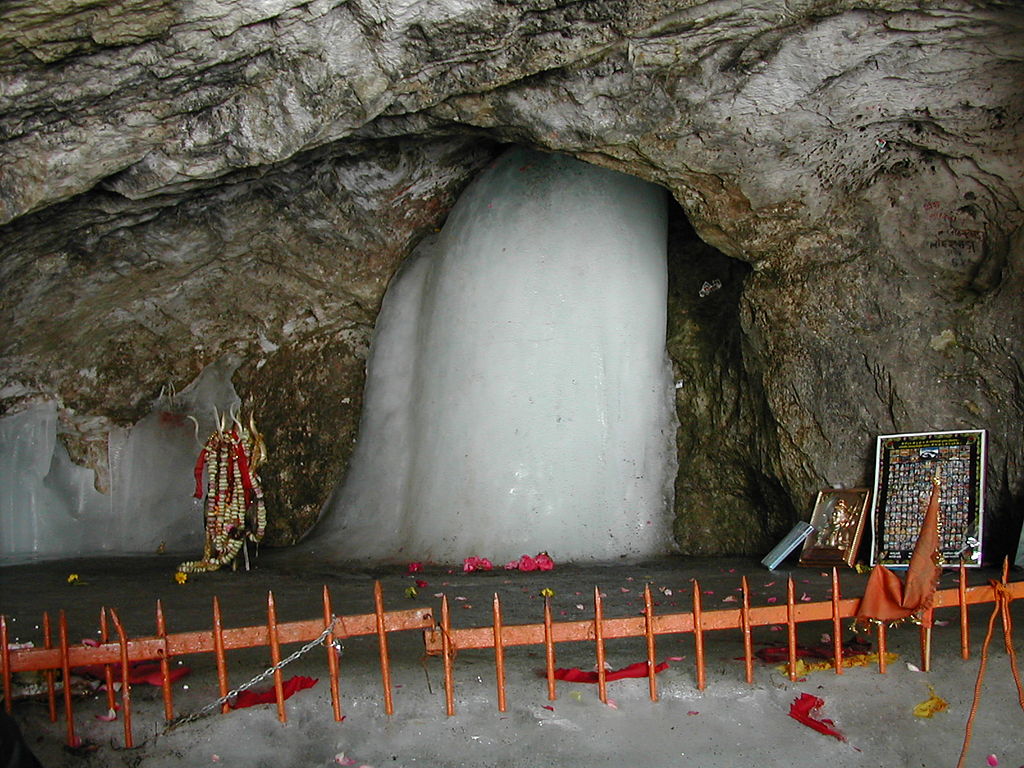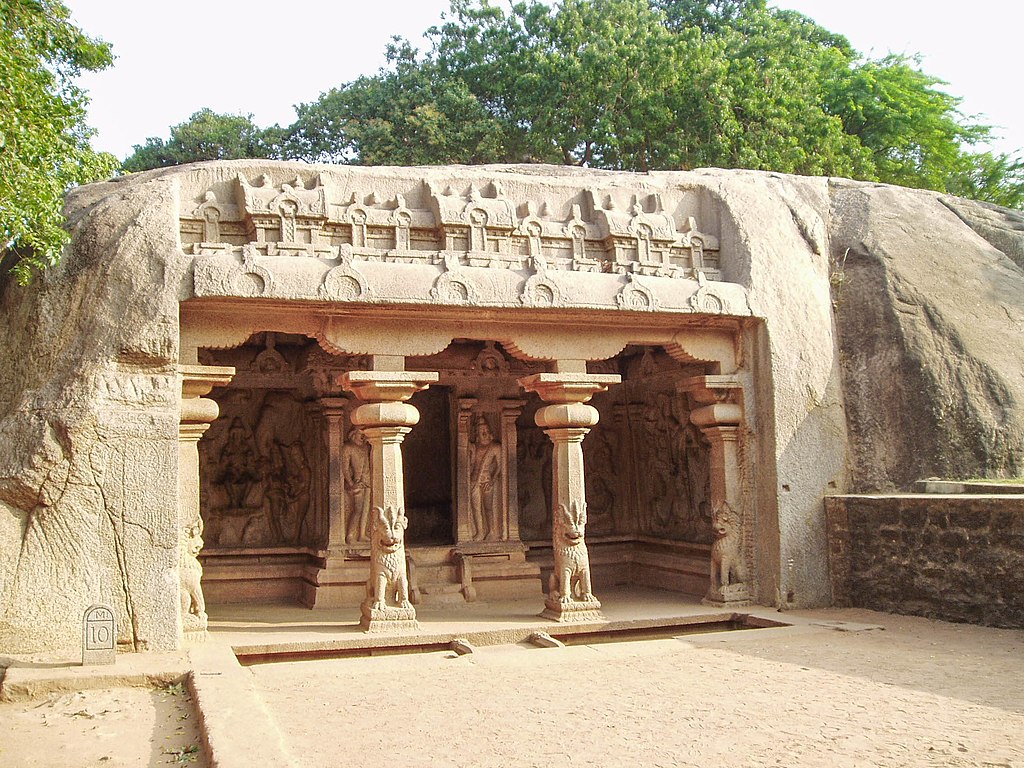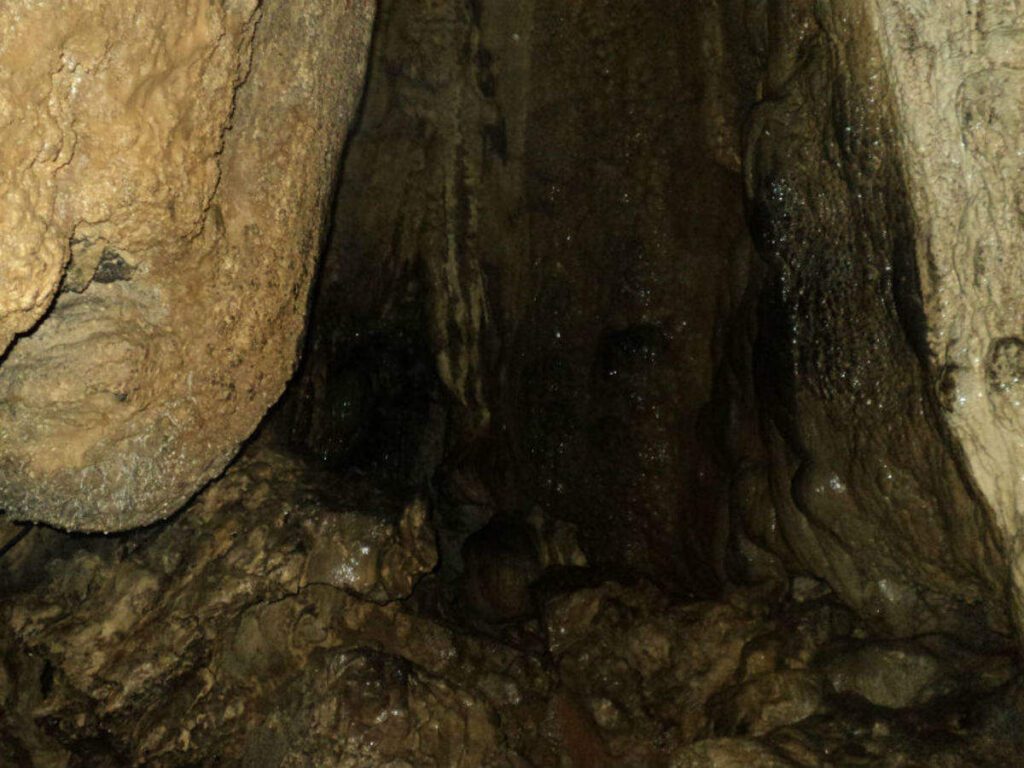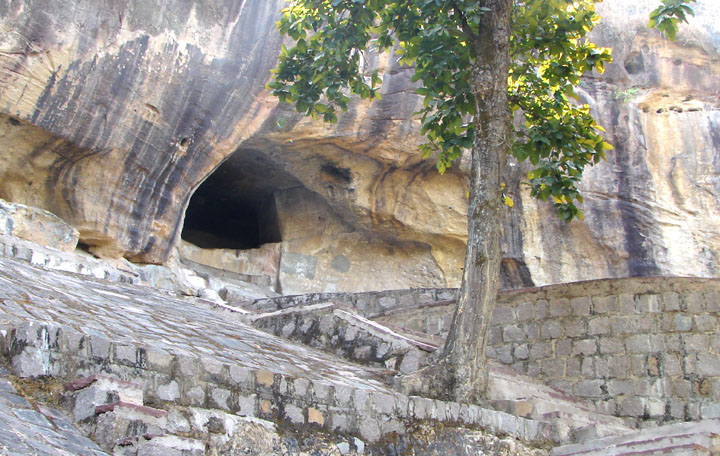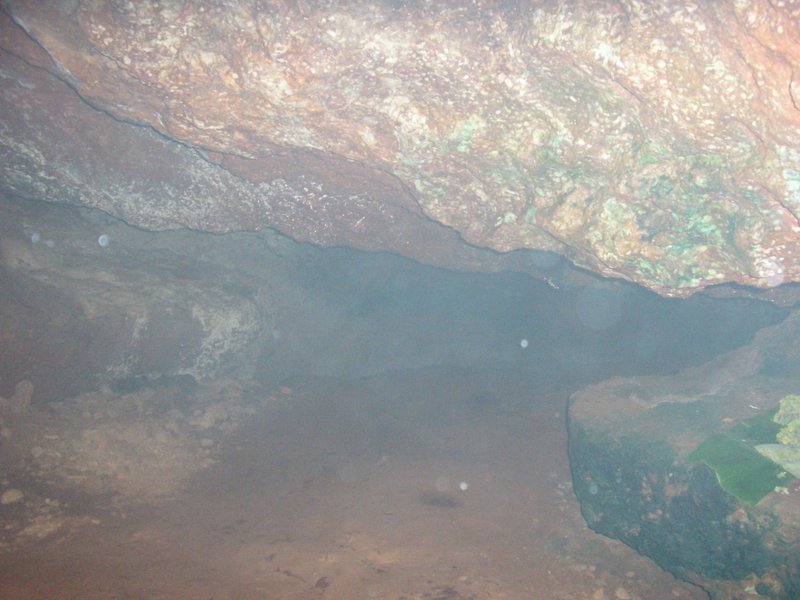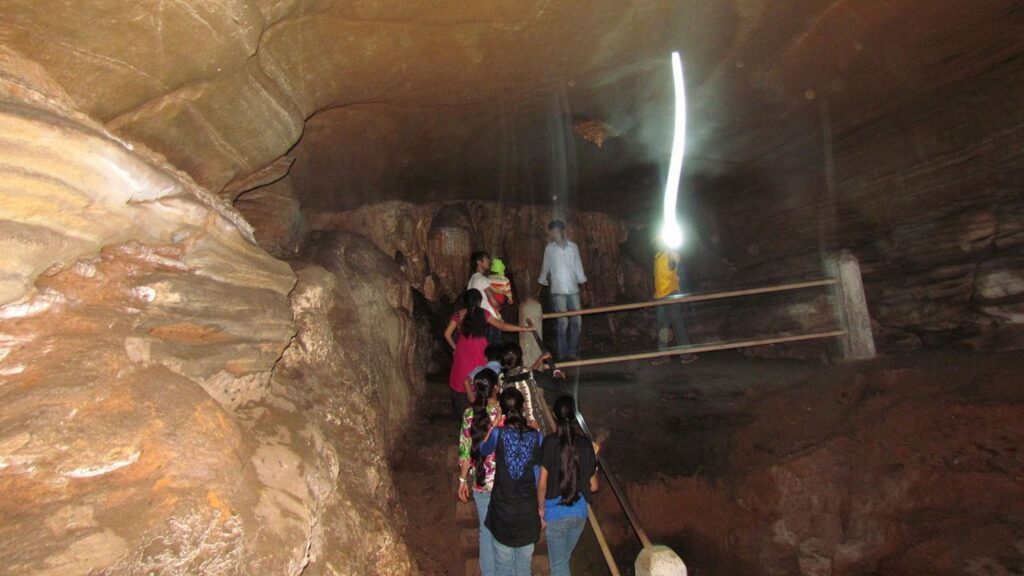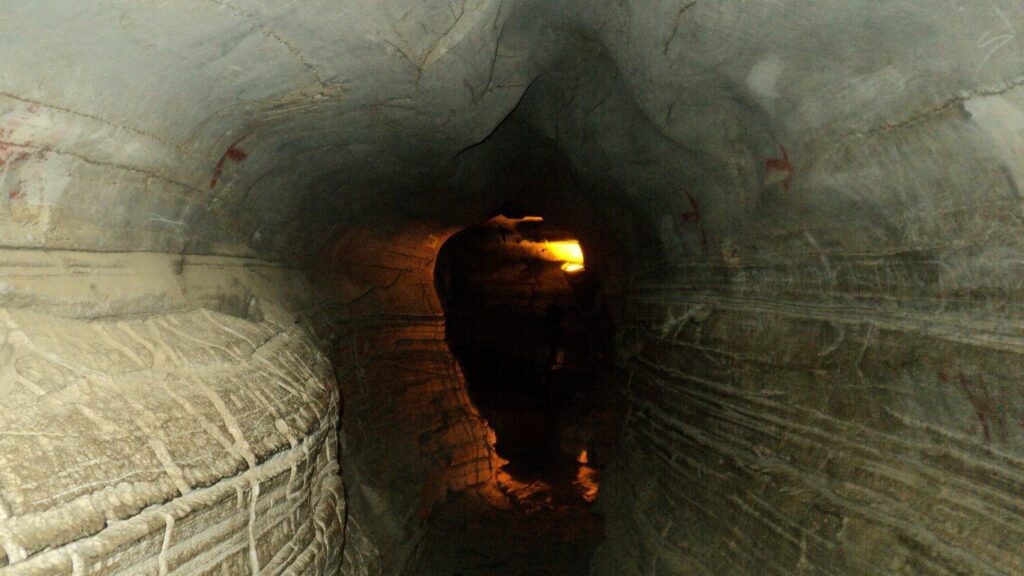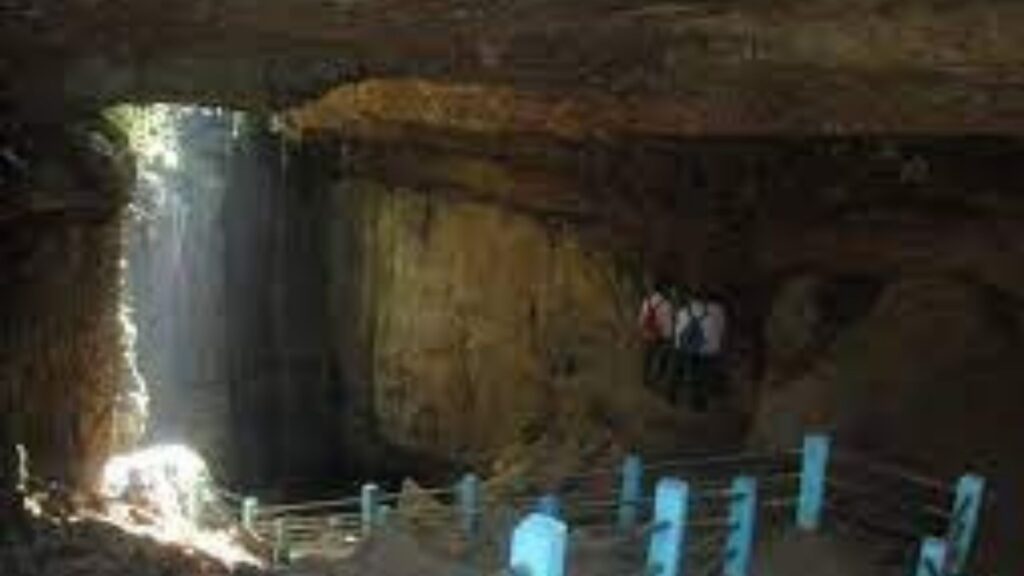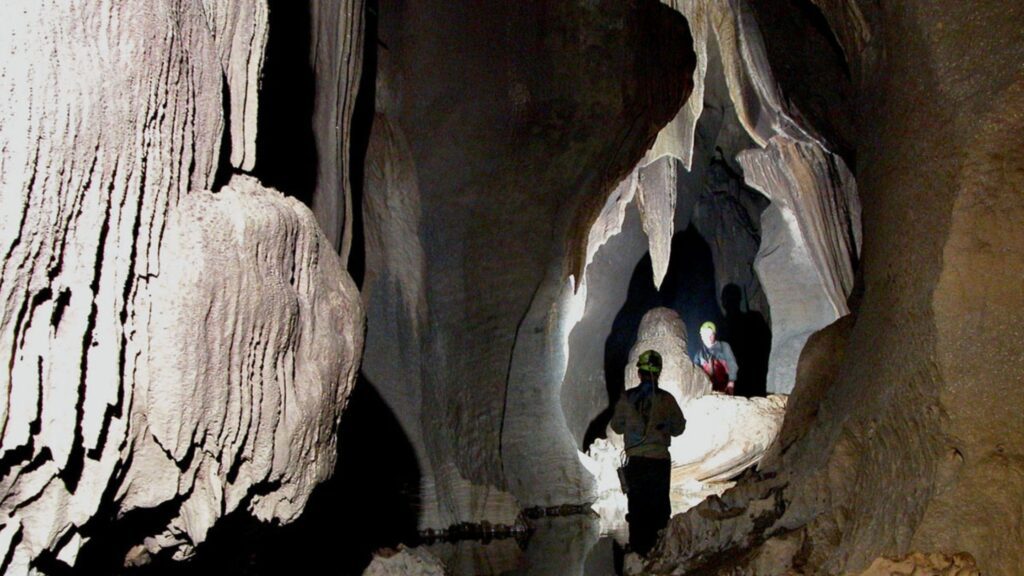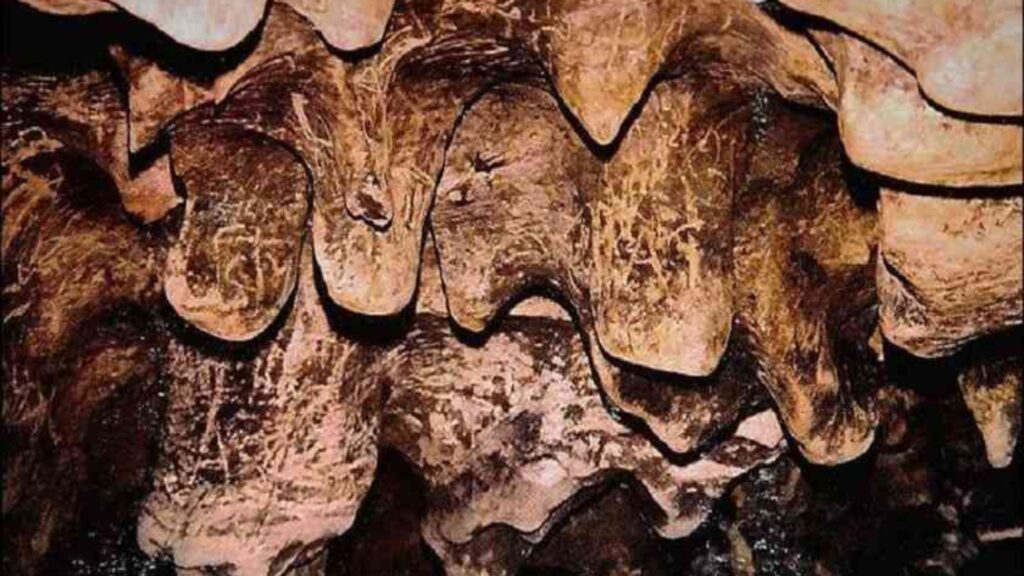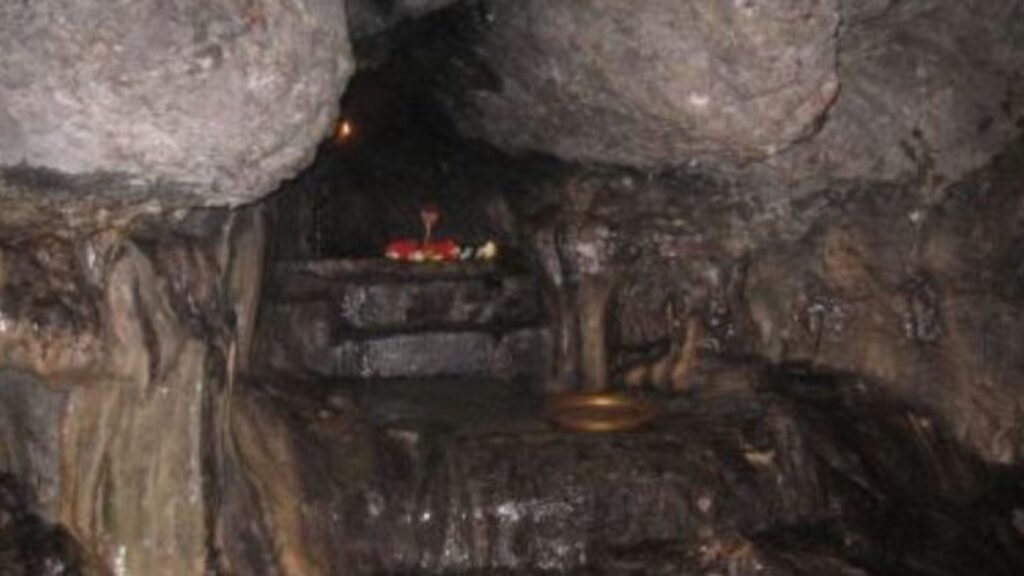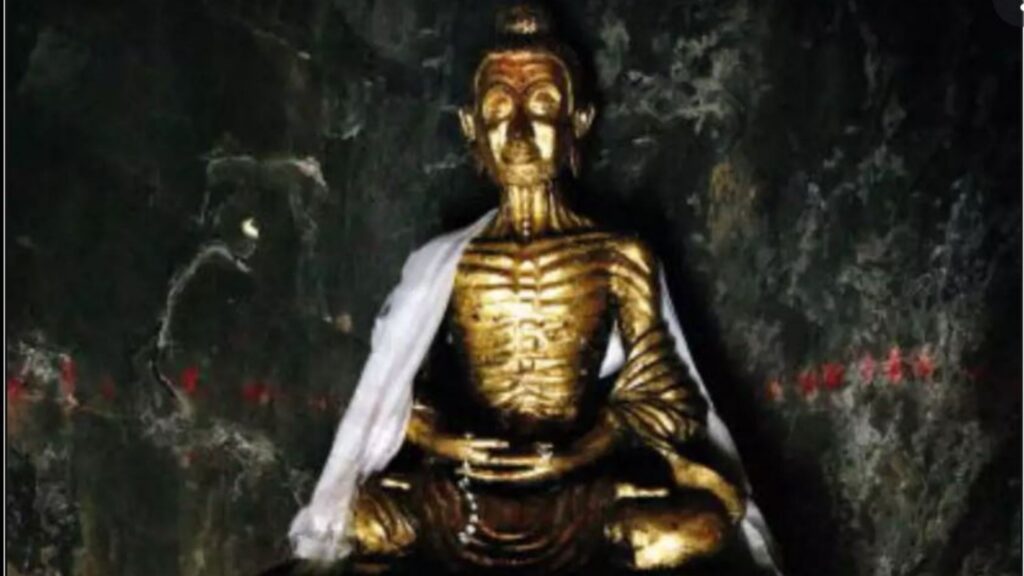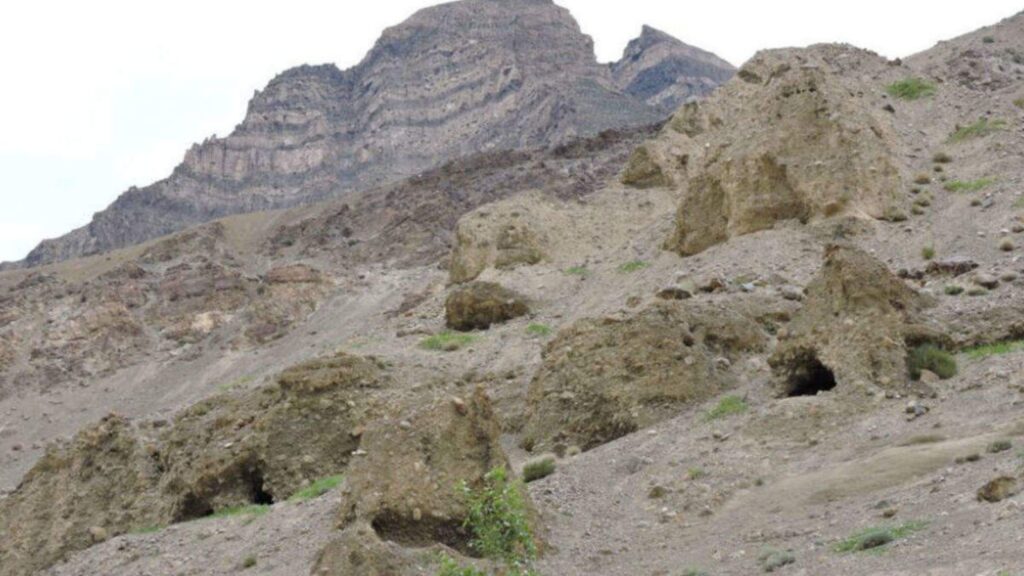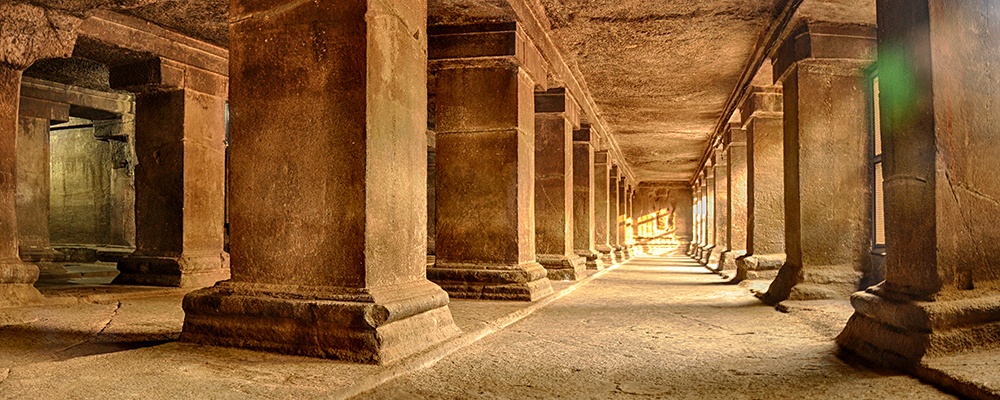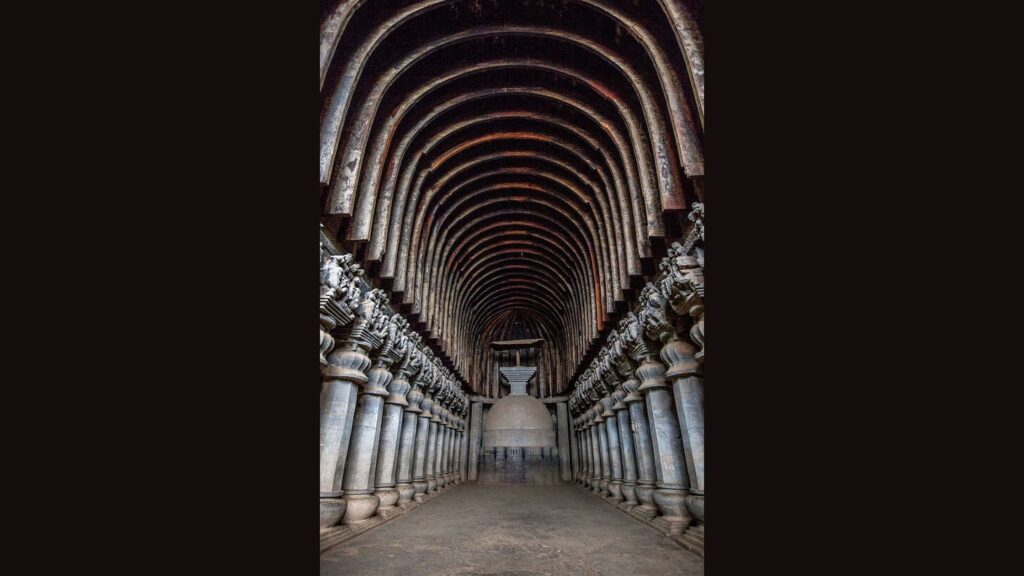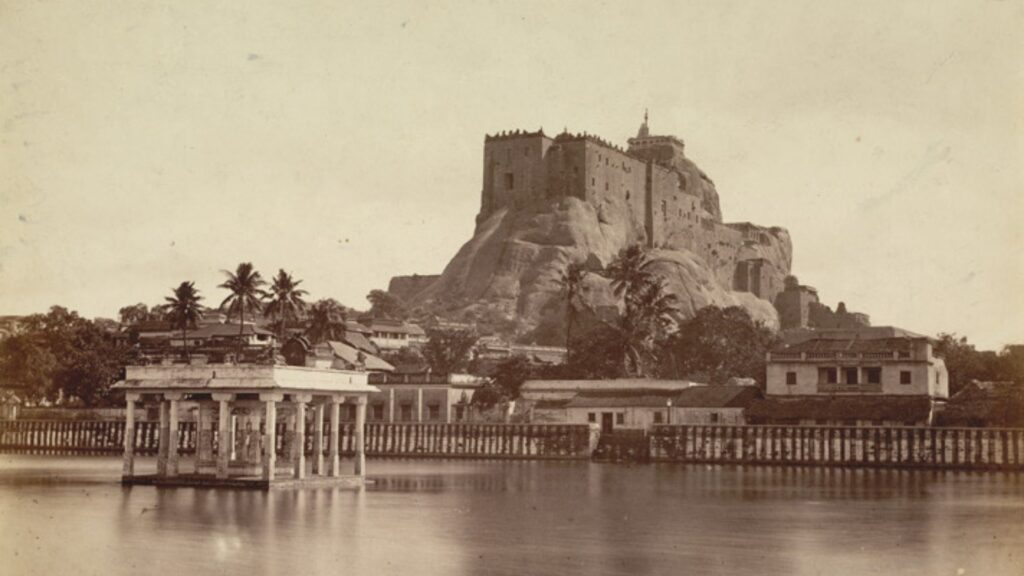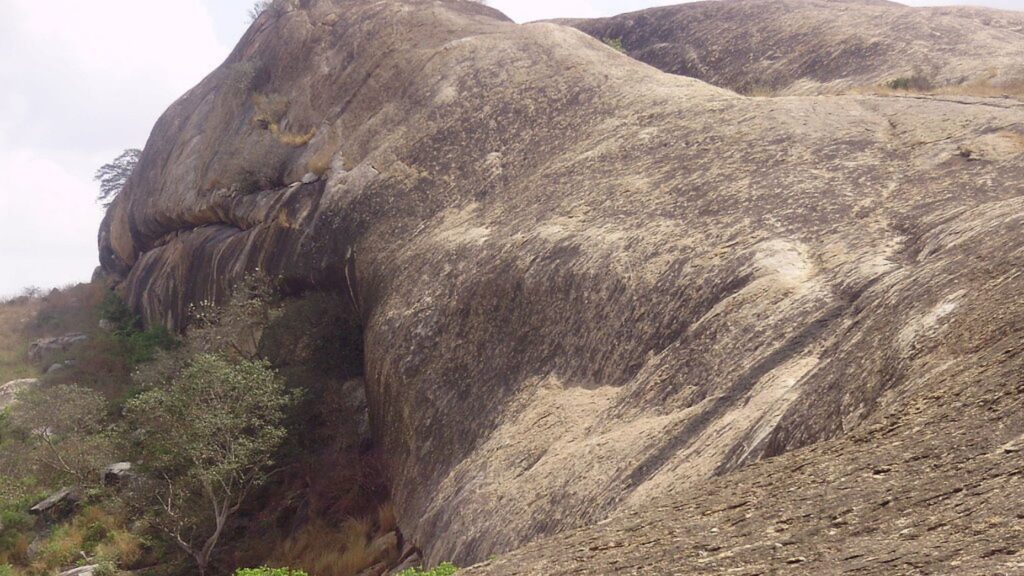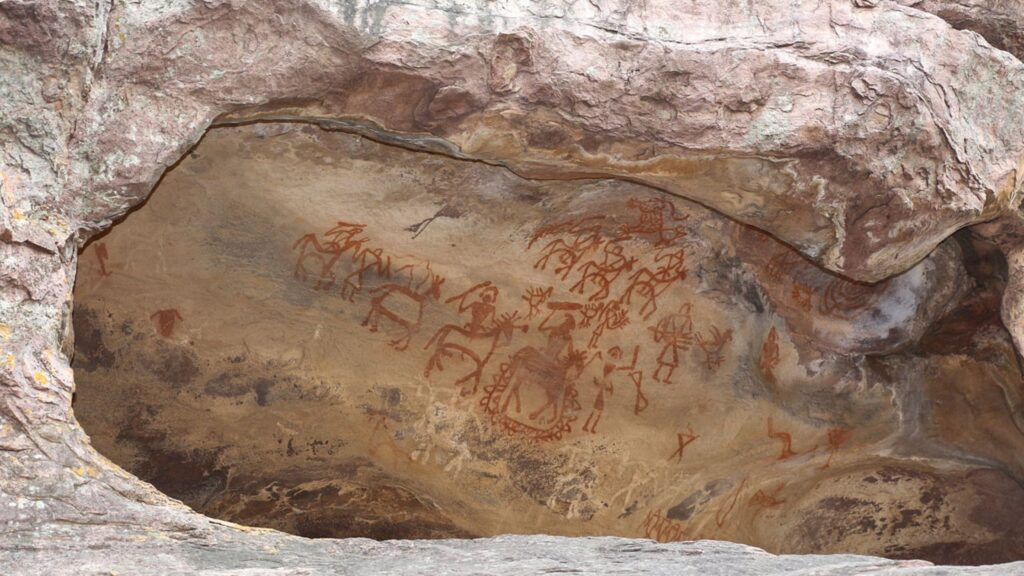India is a country of wonders. We have waterfalls, tall mountains, beaches, backwaters, caves, and a lot more with all the places having a rich cultural heritage and diversity. But prouder than this all, we are home to the oldest civilizations of the world – Sumerian and Harappan! Sumerian civilizations date back to 3000 BC and Harappan to 2500-1500 BC. With old civilizations, comes the colony formation and many other unique styles of buildings. Caves used to be popular places for humans to live. After all, we were once called cavemen.
Also read: Rural Places that can be Visited in India
A cave or a cavern is a natural void in the ground that provides room for living and protecting oneself from the atrocities of weather like snow and rain. Caves also protect us from wild animals while simultaneously inhabiting creepy ones like rats, spiders, bats, etc. Weathering of rocks may lead to the formation of caves. Caves provide a sense of protection but at the same time, it gives us the thrill to be this close to natural wonders.
India, as has been established, is home to a huge geographical variety and it sure has many caves in both rural and urban areas that one must want to visit after this piece! Without any further delay, let’s get on with the convincing!
1. Badami Caves, Karnataka
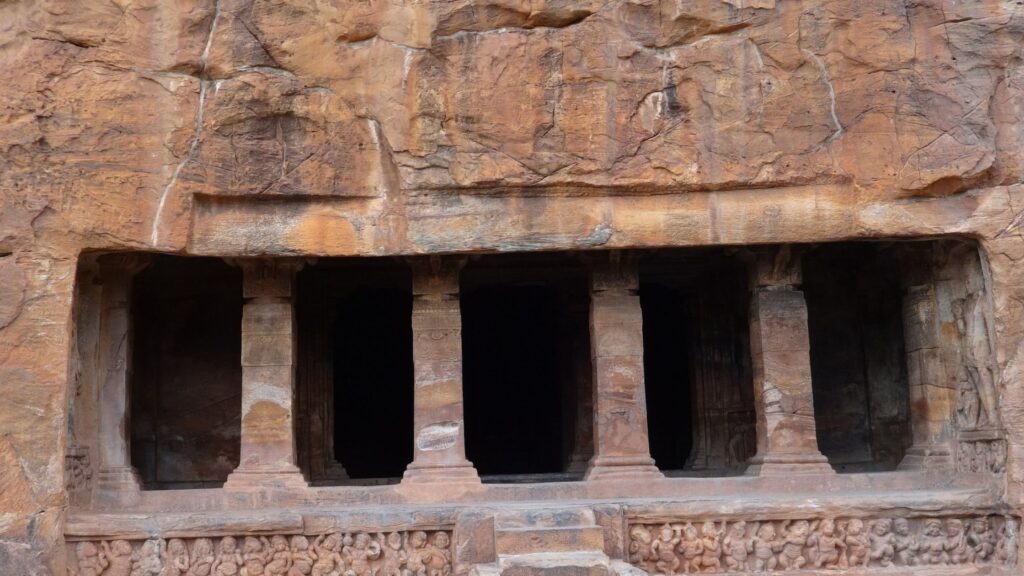
In the Northern part of Karnataka in Bagalkot district lies this set of caves that also is a temple to Hindus and Jains. Made of sandstone, this place is an exemplary location for the rock-cut architecture of India and hence has been added to the UNESCO World Heritage Site list.
It is located in a ravine at the foot of a rugged, red sandstone outcrop that surrounds Agastya Lake. There are a total of six caves of which four main caves were found in the 6th century A.D. while one big cave was discovered in 2015. Another cave may be a Buddhist cave. People visiting Hampi can easily visit Badami since it is quite close to the road and easily accessible for vehicles.
The caves of Badami dating back to the Chalukya age have 27 Hindu carvings on them. The carvings on the walls of the caves are brilliant and depict the maturity of the artists even back in the 6th century. The lips are apart with large half-open doe-eyes and beautiful faces of the kings and the queens! It is an amazing place for the people who romanticize history. All in all, you are in for a treat. But make sure you visit in the preferred period of July-March because summers in South India are scorching.
2. Edakkal Caves, Kerala
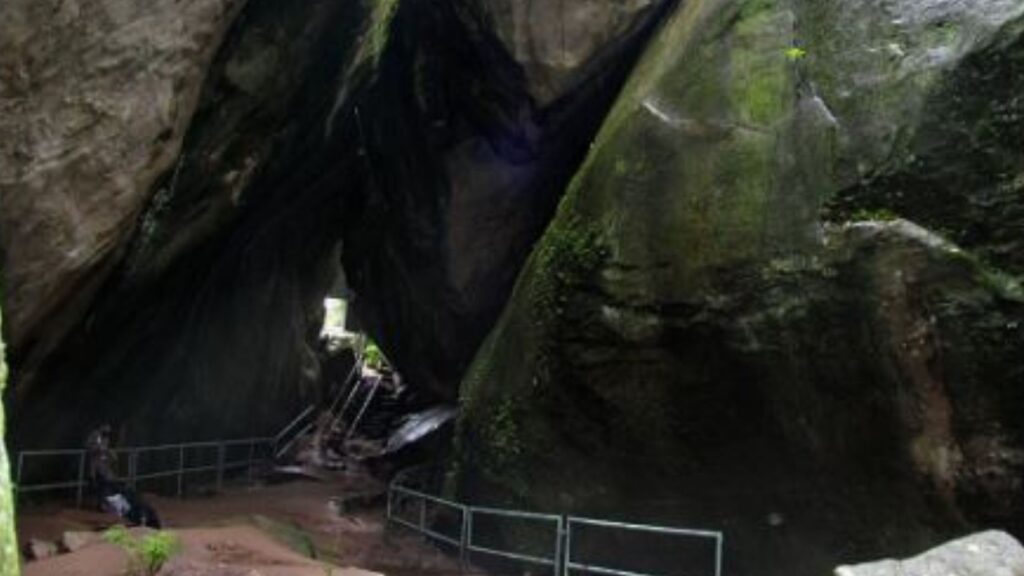
Parallel to the west coast of the Indian peninsula, Western Ghats is a collection of wonders and one of them is the Edakkal Cave located in Kerala in the district of Wayanad. Lying 1200m above sea level are the two caves of Edakkal. Dating back to the age of neoliths i.e., when the distinct separation from the stone age to advanced humans was made, this place has carvings and writings believed to be of 6000 BCE. This indicates the presence of prehistoric settlement and rare stone-age carving. These caves are also linked with the Indus Valley civilization.
3. Barabar Caves, Bihar
If anyone told you there is nothing worthwhile to visit in Bihar, you have been fooled! There are uncountable caves, temples, and waterfalls in this state. One of those would be the Barabar caves in Jehanabad district of Bihar state. These are the oldest surviving rock-cut caves in India. Dating back to 322-185 BCE, these caves have Ashokan carvings and inscriptions. There is a total of 7 caves – 4 in the Barabar hill and 3 in the Nagarjuni hills. Lomas Rishi cave of Barabar caves is a very famous one due to its magnificent door and its exemplary carvings.
4. Bagh Caves, Madhya Pradesh
In the Dhar district in the heart of India, these caves are situated o the southern slopes of the Vindhyas. It is believed that these caves were established by Dataka who was a Buddhist monk. Its location in the Narmada Valley makes it a spot with a soothing and spectacular view. These are a collection of nine rock-cut caves with shrines and monasteries built inside.
A lesser-known fact is that these caves are not natural and were excavated by master craftsmen. The mural paintings, or as we can say the paintings made directly on the wall, are renowned here. These caves are Buddhist and were built around 6 A.D. The caves are well sought after for their ancient paintings and thus are also called Rang Mahal.
5. Udayagiri Caves, Odisha
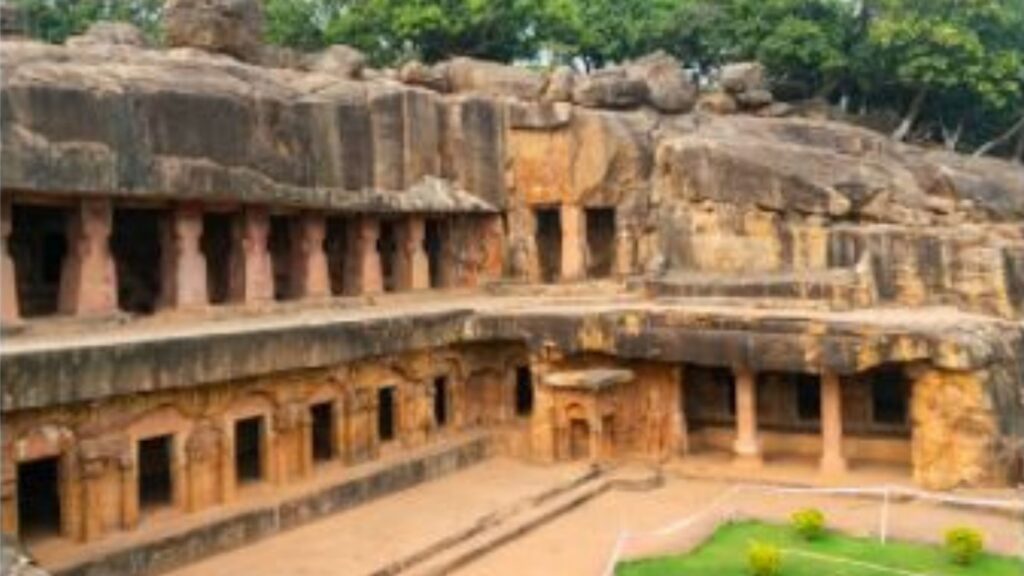
The popular land of Lord Jagannath has beautiful Udayagiri and Khandagiri Caves. These caves have a magnificent bird’s eyes view and act as a major tourist attraction in Bhubaneshwar, Odisha. Formerly called Cuttack or Kattaka caves, these caves are partly natural and partly artificial. It displays Hindu and Jain sculptures and dates back to 350-550 CE which is also known as the Gupta period. Vishnu’s Boar avatar is the avatar of Hindu Lord Vishnu in the form of a boar who retrieved the earth from the ocean by killing the demons. A 5 feet tall statue of this avatar of Lord Vishnu is established in the caves and is quite renowned. Some of the famous caves in Udayagiri are Rani Gumpha, Bajaghara, Chota Hathi, Alakapuri, etc.
6. Borra Caves, Andhra Pradesh
In the Ananthagiri hills of the Araku Valley of the Visakhapatnam district in Andhra Pradesh, are the caves of Borra also known as Borra Guhalu located. They were discovered by William-King George along the east coast of India. They are located at a height of 800-1300 meters above sea level and are thought to be at least a million years old! These caves are believed to be the deepest caves of India with karstic limestone structures.
7. Undavalli Caves, Andhra Pradesh
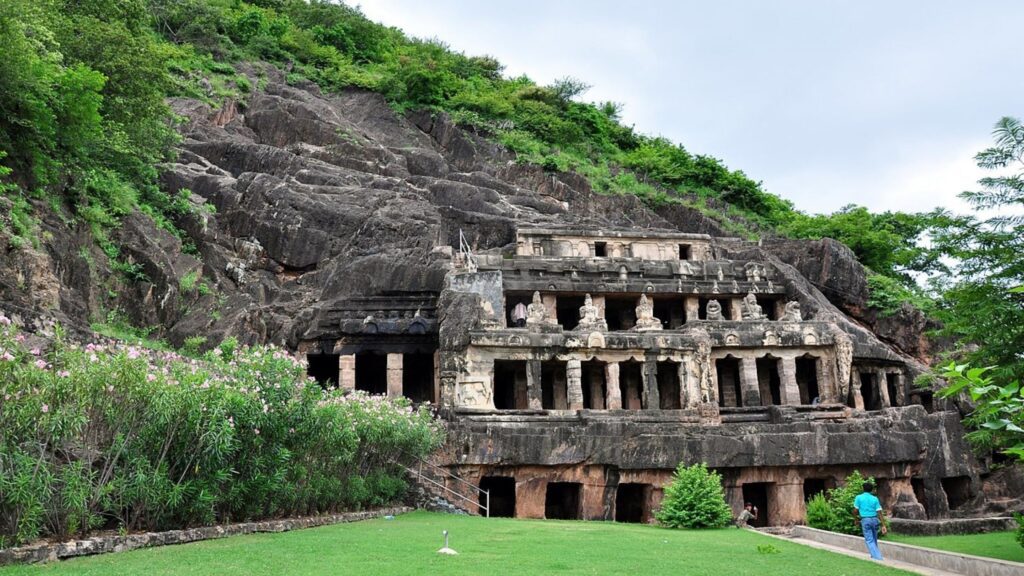
The monolithic structure of these caves saying that it is made of a single long block of rock makes them super intriguing. The caves are believed to be dating back to about the 7th century with Gupta architecture in its rock-cut. The dates are arguable since Gupta architecture is generally associated with the 4th – 5th centuries. The Buddhist, Jain, and Hindu influences can be seen in these caves.
It is interesting to understand how various religions used to live and worship as one under the same roof. With trades and merchandise situated not afar, these caves are believed to have received heavy donations from rich merchants whose faces may have been sculpted at the entrance doors.
The carvings and statues also show a striking resemblance to the Udayagiri and Khandagiri Caves of Odisha. There is an extraordinary statue of reclined Lord Vishnu on a snake that has been carved out of a single block of granite. This place is going to leave you mesmerized.
8. Ajanta Caves, Maharashtra
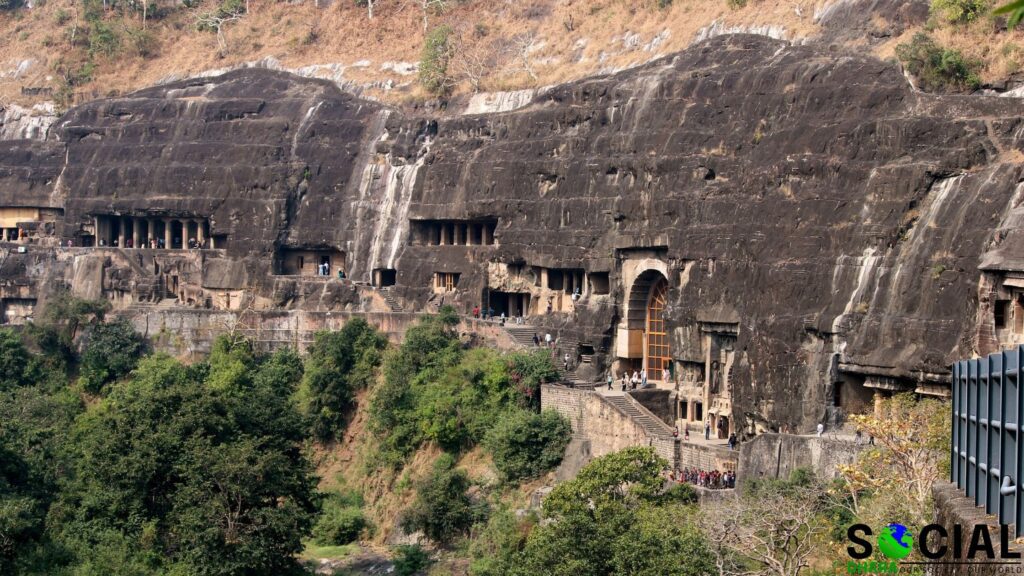
Maharashtra is known for its heritage, courageous leaders, and brave Maratha fighters. Ajanta Caves of Maharashtra is a UNESCO World Heritage Site. It is located in the Aurangabad district of the state. The Ajanta Caves is special because of its finest paintings and rock-cut sculptures. Now isn’t it something to see?
9. Ellora Caves, Maharashtra
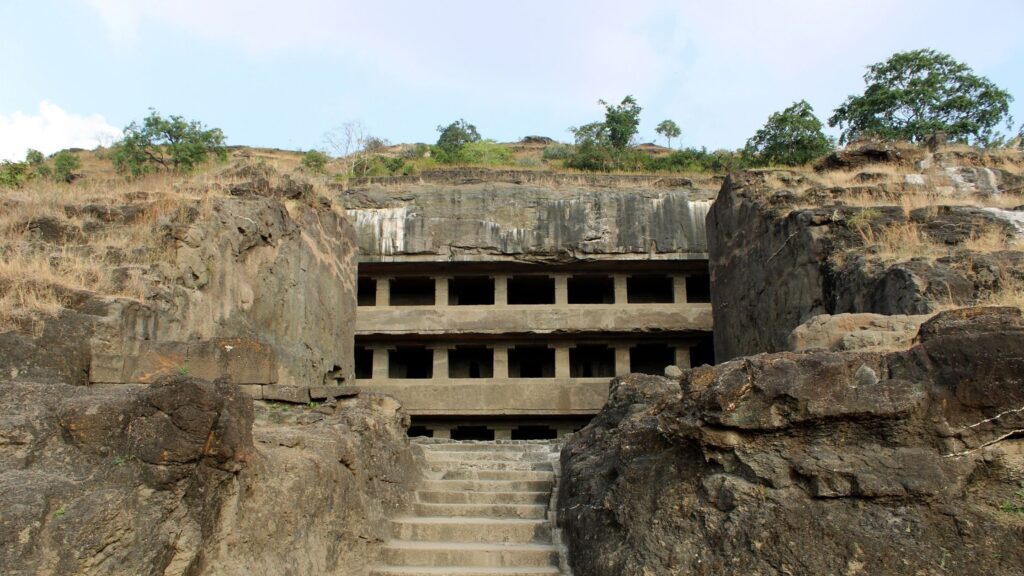
Ellora Caves located in the Aurangabad district of Maharashtra is one of the largest rock-cut temple caves in the world. The cave complex featured Hinduism, Buddhism, and Jainism monuments with the artwork. This cave features a single monolithic rock excavation. This is a must-visit cave for tourists to see Indian ancient artwork.
10. Elephanta Caves, Maharashtra
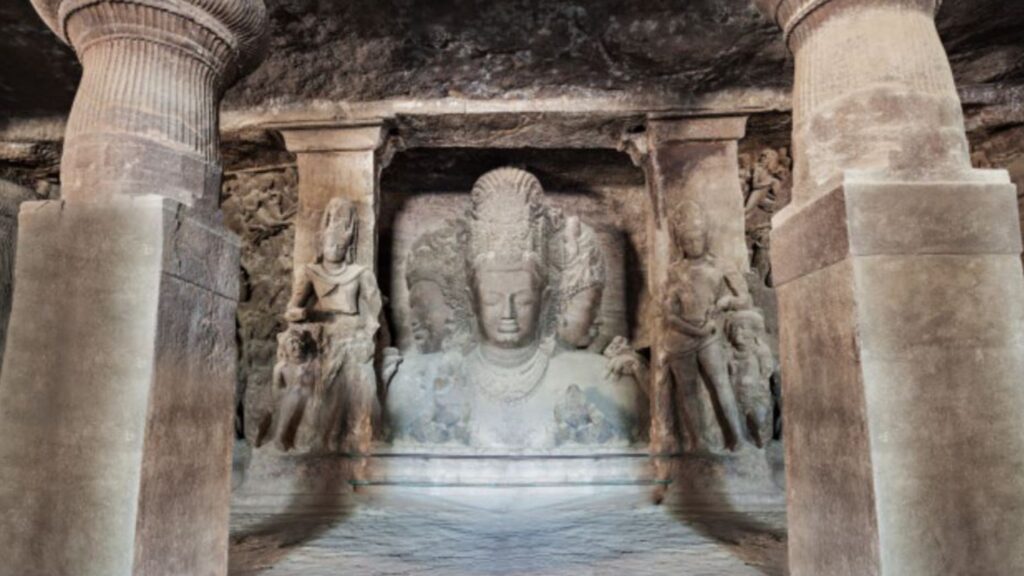
Another UNESCO World Heritage Site in Maharashtra, Elephanta Caves depict the rich heritage of the state. It is a collection of cave temples dedicated to the Hindu God ‘Lord Shiva’. Located 10km east of Mumbai it is believed to have been built by Rashtrakuta kings in the 8th century. A Trimurti is a very famous and important sculpture located in the caves.
11. Amarnath Cave Temple, Jammu and Kashmir
The Hindu shrine of Amarnath Cave Temple is located at a height of 3888 m above sea level. The 5000 years old cave was believed to be found by a shepherd called Buta Malik. Inside the cave a shiva linga of ice is seen which is formed by the drops falling from the cave roof – a true wonder to explore!
12. Varaha Cave Temple, Tamil Nadu
This historical place in Mahabalipuram, Tamil Nadu, is a rock-cut cave temple on the Coromandel Coast of the Bay of Bengal. It has a rath cave temple built by Pallava king Narsimha which is a very famous site within it. It became a UNESCO World Heritage Site in 1984.
13. Mawsmai Cave, Meghalaya
This cave is a marvelous art of nature. The rock-cut cave of limestone is a great tourist attraction in Cherrapunjee, Meghalaya. It is 150-200 meters long and you are for a full swing of adrenaline!
14. Jogimara Caves, Chattisgarh
Located in Puta, Chattisgarh this cave is an artificially carved rock chamber and very small. It is the texture of its rock that makes it interesting. It is situated in Ramgarh Hills with various paintings of birds, humans, and other animals.
15. Nelliteertha Cave Temple, Karnataka
Nelliteertha Cave Temple is dedicated to Indian diety somanatheswara and is also known as Nelliteertha Somanatheswara Guhalaya. Dating back to 1487 CE this temple is situated outside a natural cave of about 200m long. The cave is located in the Dakshina Kannada district of Karnataka with a shiva linga inside.
16. Kutumsar Caves, Chattisgarh
Also spelled as Kotumsar Caves due to the local language, this place is located in Jagdalpur. Earlier it was known as Gopansar Caves but gained popularity as Kotumsar due to its location near the Kotumsar Village. It is a limestone cave situated near the Kanger river. It is 200m long with several passages.
17. Belum Caves, Andhra Pradesh
It is the second-longest cave in India and is accessible to tourists. It is 3229m long and is also known as Belum Guhalu. It is another limestone cave formed by the deposition of limestone by the Chitravati River. Many Buddhist and Jain relics have been found suggesting the inhabitation of Buddhist and Jain monks.
18. Krem-Kotsati Cave, Meghalaya
As we point out the importance and beauty of our north-eastern states in every article, it is quite evident that it all is nothing but the truth. Another incredible cave in the state of Meghalaya, this cave is made of limestone and is a surprisingly long cave.
19. Krem-Liat Prah Cave, Meghalaya
There are many caves that are present in Meghalaya and most of them are of limestone. Krem-Liat Prah is also a limestone cave and is the longest natural cave in South Asia! It is 31km long!
20. Patal Bhubaneswar Cave, Uttarakhand
This is a cave temple located in the Patal Bhubaneshwar of Uttarakhand. Like many others, this cave is also worshipped for Lord Shiva and is believed to have been inhabited by him in different phases of his life.
21. Koteshwar Caves, Uttarakhand
Just like Patal Bhubaneshwar, this place is a famous Hindu Pilgrimage and is believed to be the meditation place for the Hindu Lord Shiva. It is also known as Koteshwar Mahadev Temple and is a little further ahead of Rudraprayag.
22. Dungeshwari Cave Temples, Bihar
Dungeshwari is another cave temple of Buddhist religion and is also known as Mahakala Caves. It is located near Bodhgaya, Bihar. Also termed Pragbodhi, this place is believed to hold the auspiciousness of Buddha austerities.
23. Tabo Caves, Himachal Pradesh
Tabo Caves of Himachal Pradesh are old monastery caves. Located just above the ancient Tabo monastery, these caves are believed to be halls for meditations and meetings for the monks. These are artificially excavated for the same purpose.
24. Pataleshwar Caves, Maharashtra
A rock-cut cave temple from the 8th century is located in Pune, Maharashtra. It has a high historical value due to its carvings by Kannadiga Kings, in the Rashtrakuta Periods. It is also known as Panchaleshvara. It is a monument protected by the government. Made of basalt rock, this temple is dedicated to Lord Shiva.
25. Karla Caves, Maharashtra
Located in Karli near Lonavala, Maharashtra, Karla Caves is a collection of Ancient Buddhist-Indian rock-cut cells. There are many other areas around it that can be visited along like Bhaja caves, Nasik caves, etc.
26. Tiruchirapalli Rock Fort, Tamil Nadu
This complex is a historic fortification and temple complex. It has Trichi caves built inside. It is divided into a set of two- the lower cave temple and the upper cave temple.
27. Sittanavasal Cave, Tamil Nadu
It is a rock-cut temple also called as Chithannavasal Rock-Cut Jain Temple. It dates back to the 2nd century and is a Jain complex of caves. Its name means “an abode of great saints” and is everything you want to experience.
28. Bhimbetka Rock Shelters, Madhya Pradesh
More like rock shelters, it is located in Bhojpur Raisen in Madhya Pradesh. It shows the earliest traces of humans and is believed to have been inhabited by humans of the Paleolithic and Mesolithic periods. It also gives evidence of the Stone Age. Remarkable sculptures can be seen on the walls inside these rock shelters.
So do not wait any longer, get vaccinated, and plan a trip to one of these beautiful caves of India. Do not forget to check if they are open post-pandemic since many caves are closed for safety purposes!


